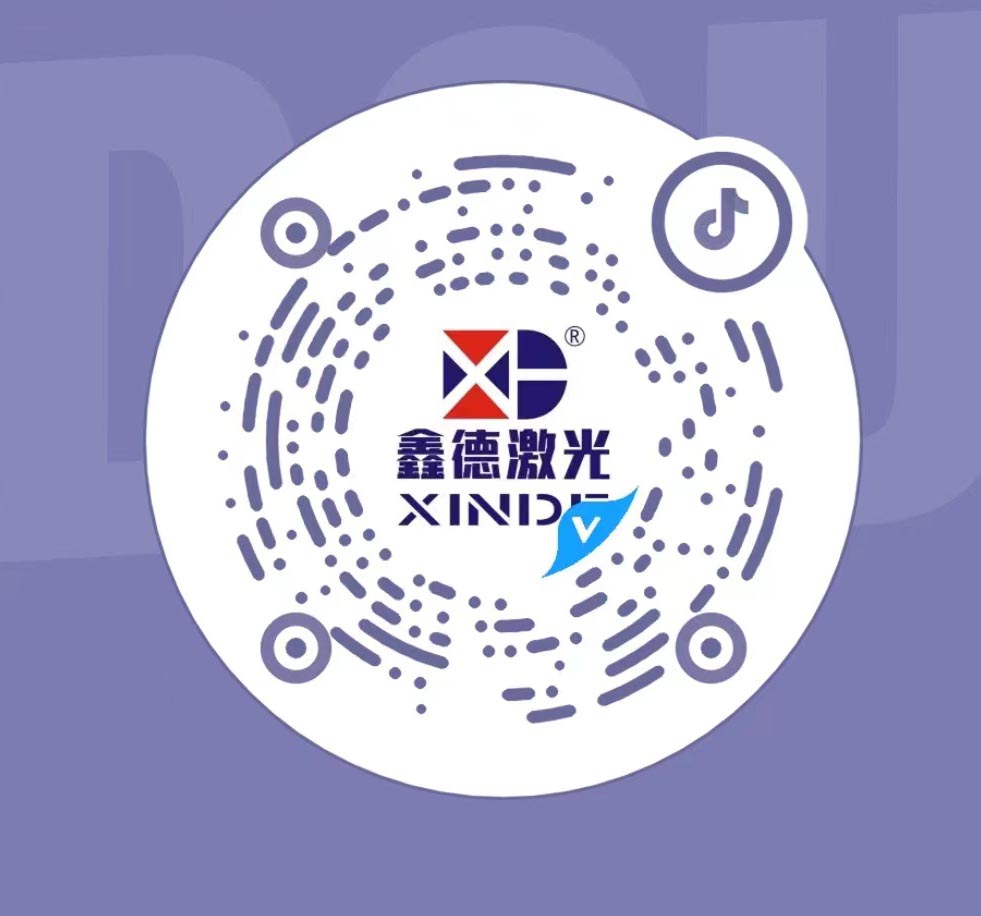New energy PACK whole line solution provider
Comparison of ordinary lithium ion battery and lithium polymer battery
Ordinary lithium-ion batteries
Lithium-ion battery, commonly known as "lithium battery", is the battery system with the best comprehensive performance. The cathode of a lithium-ion battery is a carbon material, such as graphite. The positive electrode is a transition metal oxide containing lithium, such as LiMn2O4.
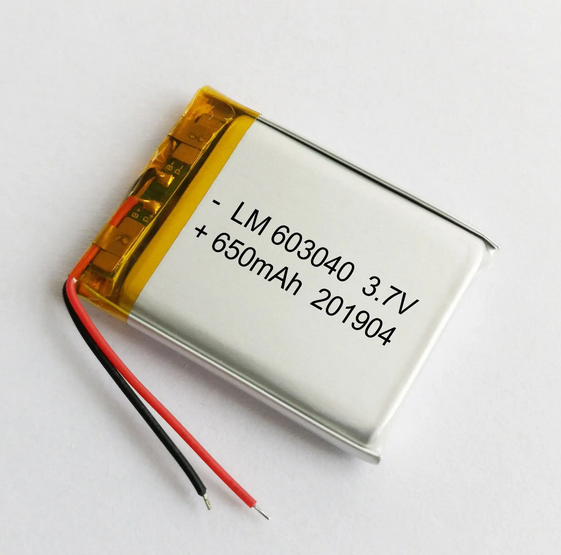
(1) Advantages of lithium-ion batteries:
① High operating voltage, the operating voltage of lithium ion battery is 3.7V, three times the operating voltage of nickel cadmium and nickel metal hydride batteries.
(2) higher specific energy. The specific energy of lithium-ion battery has reached 140Wh/kg, which is 3 times that of nickel-cadmium battery and 1.5 times that of nickel-metal hydride battery.
③ Long cycle life. Lithium-ion battery cycle life has reached more than 1000 times, at low discharge depth can reach tens of thousands of times, more than several other secondary batteries.
(4) Small self-discharge. The monthly self-discharge rate of lithium-ion battery is only 6% ~ 8%, much lower than that of nickel-cadmium battery (25% ~ 30%) and nickel-metal hydride battery (30% ~ 40%).
⑤ No memory effect. It can be recharged on demand without degrading battery performance.
⑥ No pollution to the environment. Lithium-ion batteries are literally green because they contain no harmful substances.
Lithium polymer battery
Lithium polymer battery is a newer generation of batteries, which entered the market in large quantities in 1999. Lithium-polymer batteries are basically the same as lithium-ion batteries, except that the electrolyte is a solid polymer rather than a liquid electrolyte.
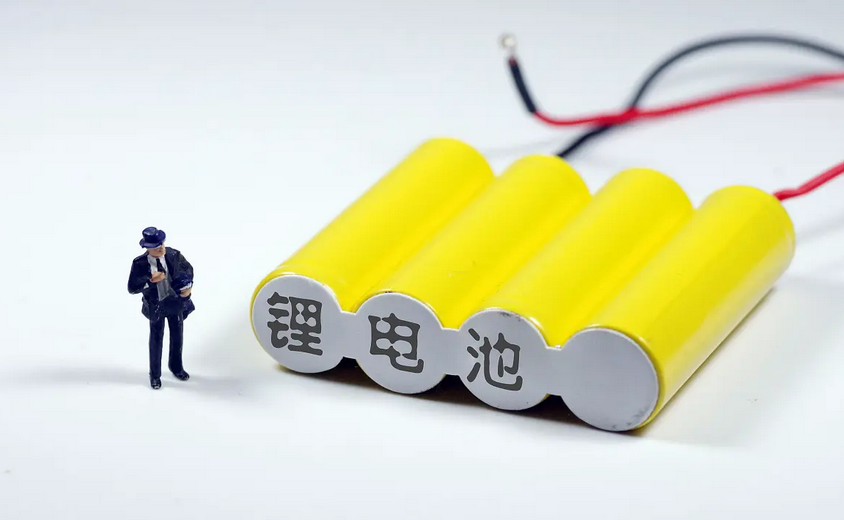
Polymer electrolyte materials are common thin films consisting of a solution in which the main polymer, such as the oxide of polyethylene, acts as a non-mobile solvent. The advantage of lithium-polymer batteries is that they can be made in any shape and are relatively light because they contain no heavy metals and have plastic shells that keep electrolytes in place. They all have good performance, the ideal lithium polymer battery capacity of thousands of mA? h, and safer. The solid electrolyte acts like a sealable gel that does not easily spontaneously combinate and disintegrate during charging.
Comparison of the two batteries
Both Li-polymer battery and Li-ion battery technology can replace Ni-Gd batteries. But the price is too high and the market has not fully accepted it, especially for lithium polymer technology. Lithium-polymer batteries have a larger capacity than lithium-ion batteries for the same volume and have no memory effect at all (lithium-ion batteries do have a memory effect, but it is small). Lithium-polymer batteries are actually gel-like substances that can easily be shaped into any number of shapes. It is a "green battery" that does not contain harmful heavy metal elements.
Lithium-ion battery, commonly known as "lithium battery", is the battery system with the best comprehensive performance. The cathode of a lithium-ion battery is a carbon material, such as graphite. The positive electrode is a transition metal oxide containing lithium, such as LiMn2O4.

(1) Advantages of lithium-ion batteries:
① High operating voltage, the operating voltage of lithium ion battery is 3.7V, three times the operating voltage of nickel cadmium and nickel metal hydride batteries.
(2) higher specific energy. The specific energy of lithium-ion battery has reached 140Wh/kg, which is 3 times that of nickel-cadmium battery and 1.5 times that of nickel-metal hydride battery.
③ Long cycle life. Lithium-ion battery cycle life has reached more than 1000 times, at low discharge depth can reach tens of thousands of times, more than several other secondary batteries.
(4) Small self-discharge. The monthly self-discharge rate of lithium-ion battery is only 6% ~ 8%, much lower than that of nickel-cadmium battery (25% ~ 30%) and nickel-metal hydride battery (30% ~ 40%).
⑤ No memory effect. It can be recharged on demand without degrading battery performance.
⑥ No pollution to the environment. Lithium-ion batteries are literally green because they contain no harmful substances.
Lithium polymer battery
Lithium polymer battery is a newer generation of batteries, which entered the market in large quantities in 1999. Lithium-polymer batteries are basically the same as lithium-ion batteries, except that the electrolyte is a solid polymer rather than a liquid electrolyte.

Polymer electrolyte materials are common thin films consisting of a solution in which the main polymer, such as the oxide of polyethylene, acts as a non-mobile solvent. The advantage of lithium-polymer batteries is that they can be made in any shape and are relatively light because they contain no heavy metals and have plastic shells that keep electrolytes in place. They all have good performance, the ideal lithium polymer battery capacity of thousands of mA? h, and safer. The solid electrolyte acts like a sealable gel that does not easily spontaneously combinate and disintegrate during charging.
Comparison of the two batteries
Both Li-polymer battery and Li-ion battery technology can replace Ni-Gd batteries. But the price is too high and the market has not fully accepted it, especially for lithium polymer technology. Lithium-polymer batteries have a larger capacity than lithium-ion batteries for the same volume and have no memory effect at all (lithium-ion batteries do have a memory effect, but it is small). Lithium-polymer batteries are actually gel-like substances that can easily be shaped into any number of shapes. It is a "green battery" that does not contain harmful heavy metal elements.
Recommended reading
- 2023-06-01Square shell lithium battery module pack production line: ideal choice for achieving efficient production and high-quality products
- 2023-01-02Why is automatic laser welding machine so popular
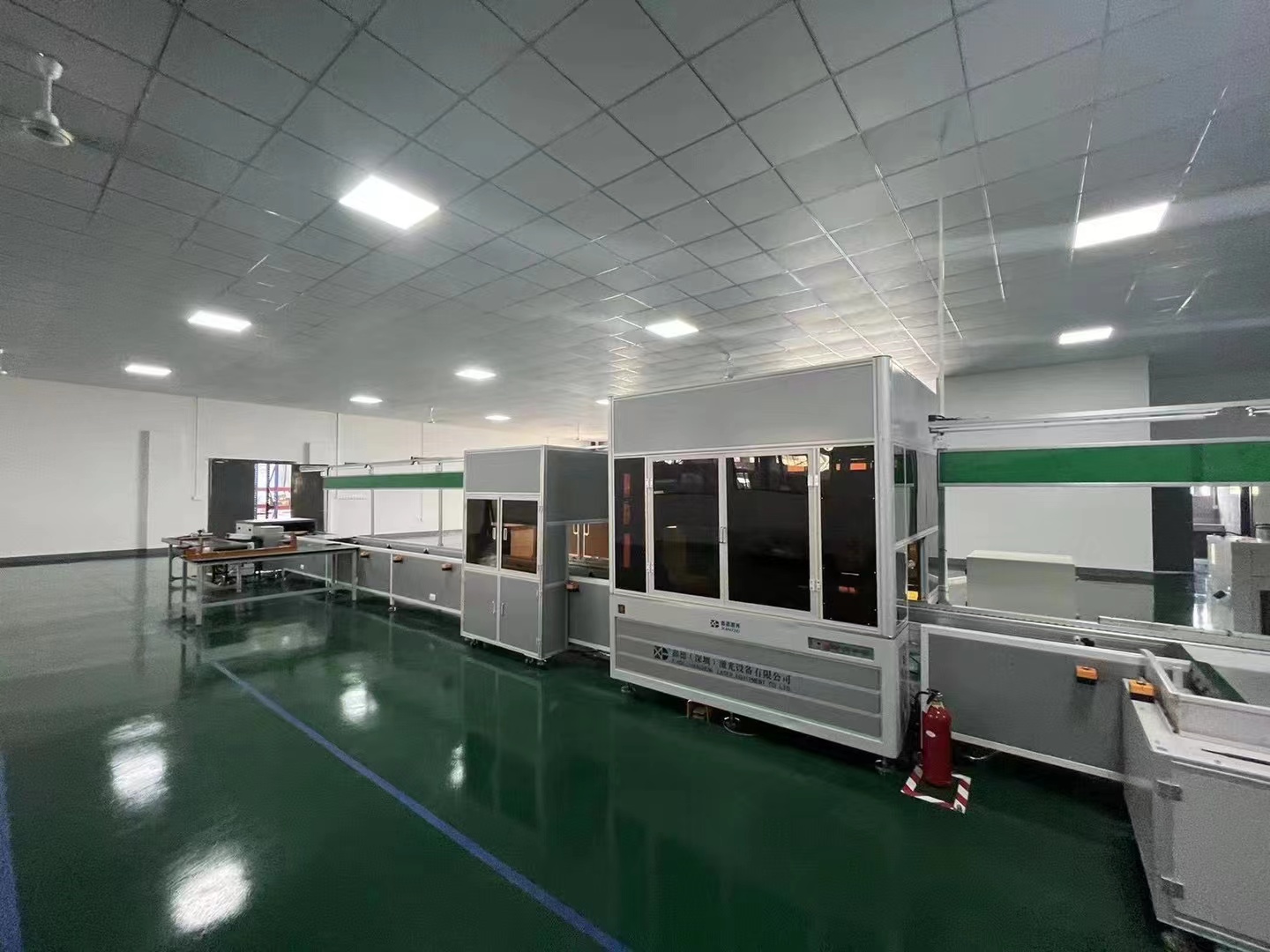 2022-12-29Definition and function characteristics of lithium battery automation pipeline
2022-12-29Definition and function characteristics of lithium battery automation pipeline 2022-12-27Welding manipulator will lead the future of welding automation
2022-12-27Welding manipulator will lead the future of welding automation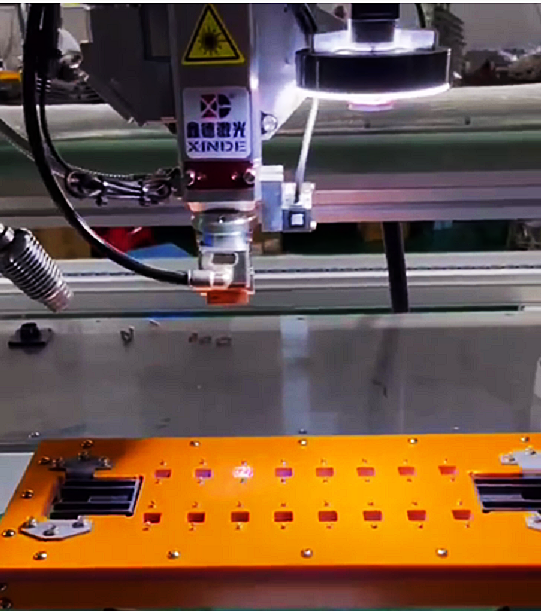 2022-12-24What factors are related to laser welding quality
2022-12-24What factors are related to laser welding quality

-
Inquire
- Mobile
- Mobile177-2247-7738
- Tiktok
- Video
- Top



